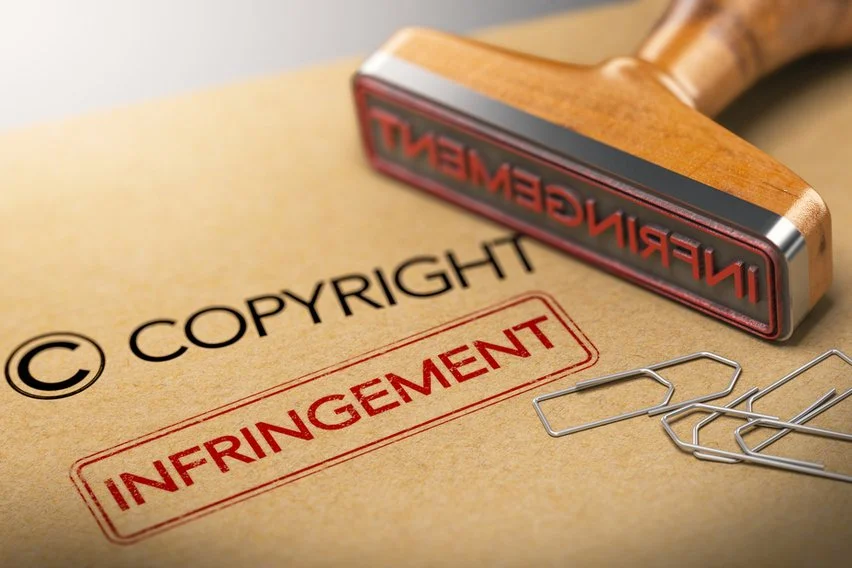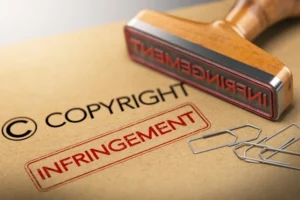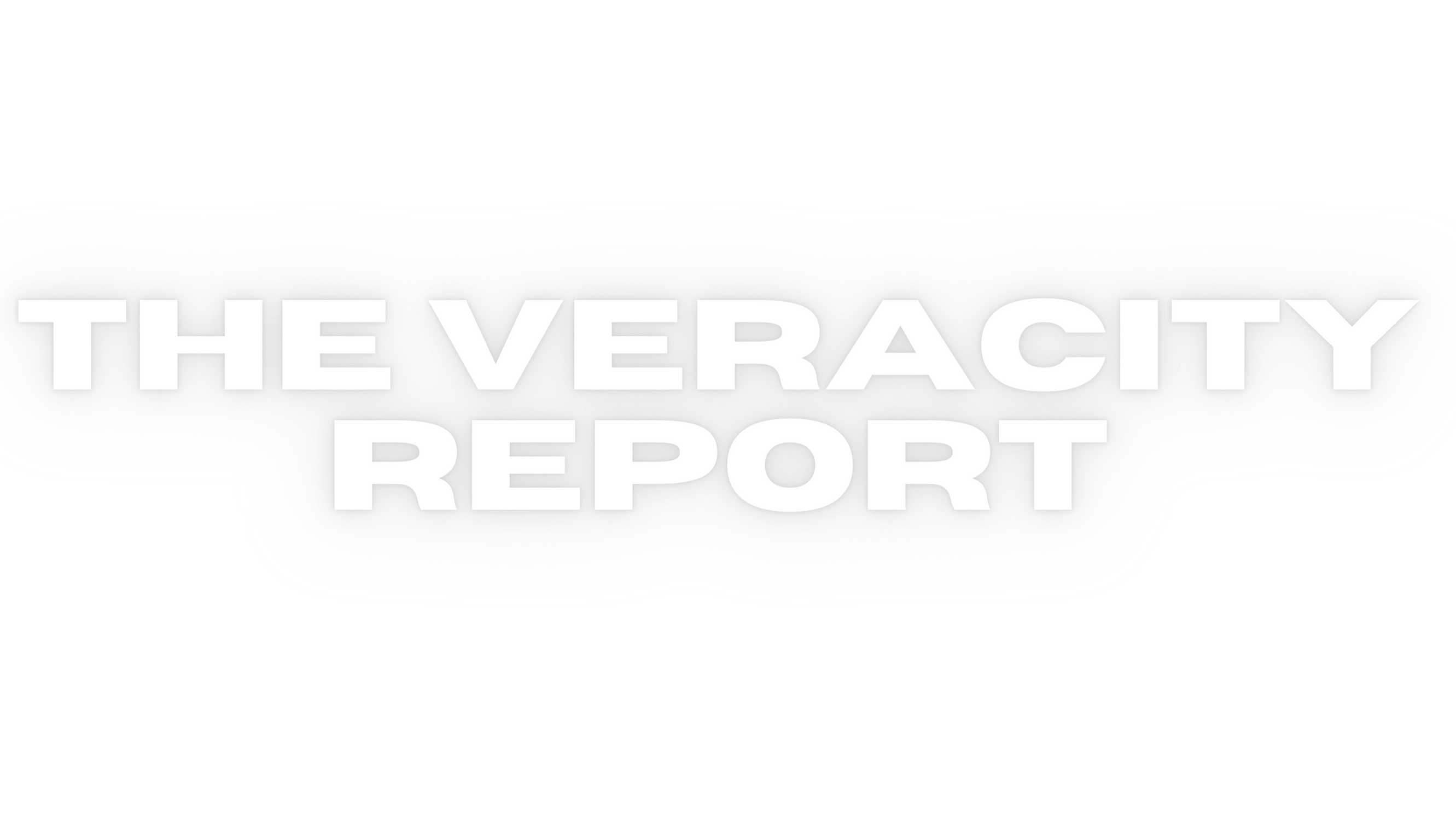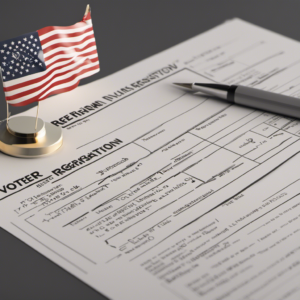Copy-Raped
5 min read
A Deep Dive into the Quagmire of Electronic Intellectual Property Crimes

In the rapidly evolving digital landscape, intellectual property crimes have become a pressing concern for creators and content owners. This article aims to shed light on one specific aspect of this complex issue: the loss of copyright faced by writers who publish on their employer’s website.
Loss of copyright for writers posting on employer’s website
When a writer contributes content to their employer’s website, the legal intricacies surrounding copyright can become convoluted. According to federal law [Insert Federal Statute], the ownership of intellectual property created within the scope of employment generally belongs to the employer. This means that unless there is a specific agreement in place stating otherwise, the rights to the content typically belong to the employer.
The key federal statute that addresses copyright in the context of employment is the United States Copyright Act of 1976. Specifically, Section 101 of the Act defines a “work made for hire” as a work prepared by an employee within the scope of their employment. In such cases, the employer is considered the author and owner of the copyright.
Additionally, Section 201(b) of the Copyright Act states that in the case of a work made for hire, the employer or other person for whom the work was prepared is considered the author and is regarded as the initial copyright owner.
Unauthorized Access and Content Removal
Another facet of intellectual property crimes involves employees who access their employer’s website without authorization. They further complicate things by removing or downloading content, including images and text, onto their personal computers. This action is a clear infringement of copyright laws and can have serious legal consequences for the employee.
When an employee creates content as part of their job responsibilities, and that content is published on their employer’s website, it typically falls under the category of “work made for hire.” As per the Copyright Act, this means that the employer holds the copyright and ownership rights to that content.
In this circumstance, if the employee were to leave their employment and seek to remove or take down the content without authorization from the employer, they would likely be in violation of copyright law. This action could potentially lead to very serious, and in some instances, even criminal legal repercussions.
It’s important for employees to be aware of their rights and obligations in such situations.
Copyright Laws for Website Owners
Website owners bear the responsibility of displaying the copyright logo on every page of their site. This serves as a notice to visitors that the content is protected by copyright law. The law that pertains to copyright notification on websites primarily revolves around the Digital Millennium Copyright Act (DMCA) in the United States. The DMCA, enacted in 1998, addresses copyright issues in the digital age.
Rewording vs. Plagiarism
It’s essential to distinguish between rewording an article and committing plagiarism. The use of rewording or paraphrasing, in itself, is not directly governed by a specific federal statute. Instead, it falls under the umbrella of copyright law. That applicable copyright law is what is provided by the text of the United States Copyright Act of 1976.
Under the Copyright Act, the concept of “fair use” (found in Section 107) allows for limited use of copyrighted material without obtaining permission from the copyright holder. This includes purposes such as criticism, comment, news reporting, teaching, scholarship, and research.
The practical applications of rewording or paraphrasing
As we’ve discussed, rewording or paraphrasing existing content can be seen as a transformative use. This may not qualify as plagiarism or copyright infringement.
It’s crucial to recognize that when rewording or paraphrasing material from a company’s website, permission from the copyright owner is essential, and in almost all such cases, the copyright holder is the owner of the website.
The primary exception
The only real exception to that is when there are signed contracts in place stating otherwise. This is provided each page of the website is appropriately marked with a copyright notice and logo. With proper permission, there is no copyright infringement against the original source of the content.
Rewording content is a common practice in writing to convey information in a fresh and original way. When done correctly, it helps avoid copyright infringement. Here are some nuances to keep in mind:
- Understand the Source Material: Before rewording, thoroughly understand the original content. This ensures you grasp the main ideas and can express them in your own words.
- Change the Structure and Phrasing: Don’t just replace individual words with synonyms. Restructure sentences and change the phrasing to make the content substantially different from the original.
- Maintain the Original Idea: While the wording should be different, ensure that the core idea remains intact. Paraphrasing should still convey the same information or message.
- Cite Sources: Even when paraphrasing, it’s important to provide appropriate citations if the information is not common knowledge. This gives credit to the original author and helps avoid plagiarism.
- Avoid Close Imitation: Steer clear of closely imitating the original sentence structure, sentence length, and word order. This can still be considered a form of infringement.
- Add Your Own Insights: Integrate your own thoughts, opinions, or analysis into the reworded content. This adds originality and personalizes the information.
- Use Quotation Marks for Direct Quotes: If you’re directly quoting a specific phrase or sentence from the original, enclose it in quotation marks and provide a citation.
- Utilize Plagiarism Checker Tools: After rewording, it’s a good practice to use plagiarism checker tools to ensure that your content is sufficiently different from the original.
In summation
Overall, it’s a good practice to always make sure that policies, procedures, and protocols are clearly defined at the outset of employment. However, in the absence of clarity, the laws I’ve listed pretty much explain the norms that have been upheld by the courts for about the last 200 years.






